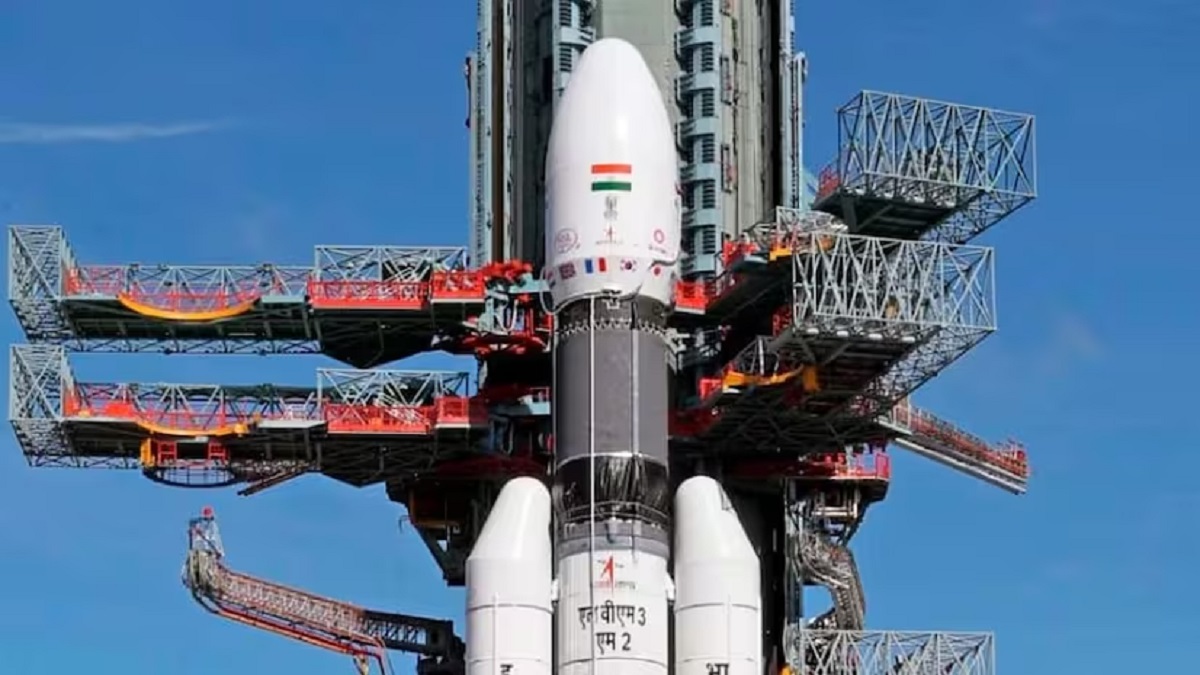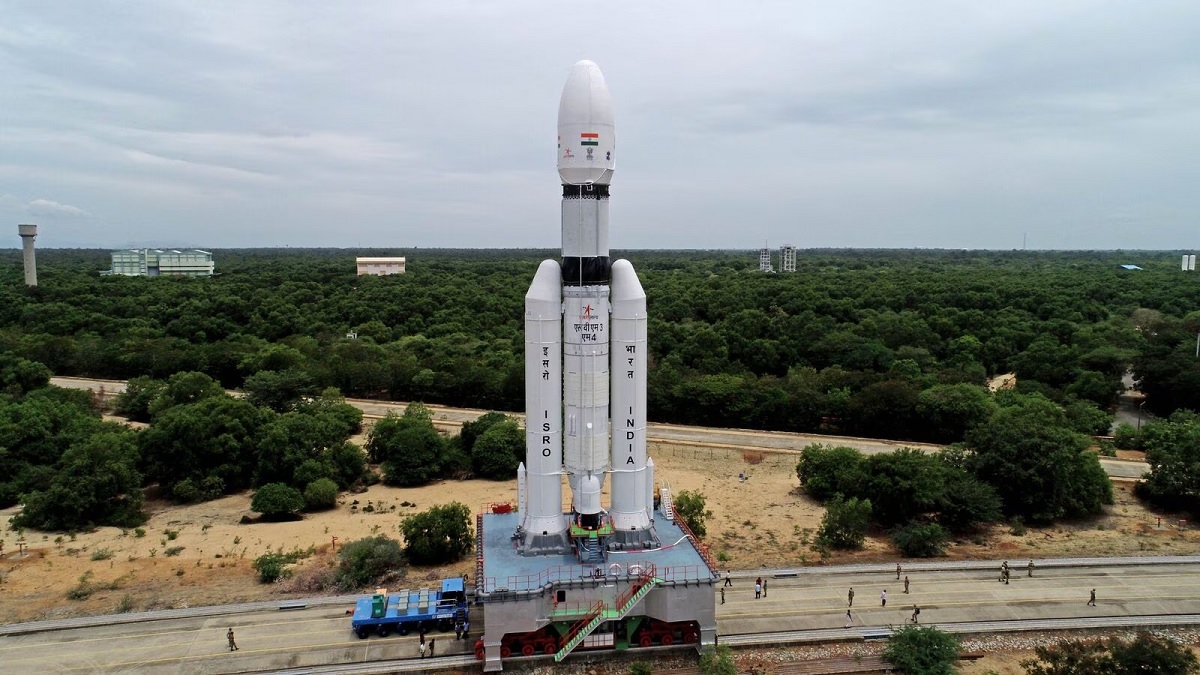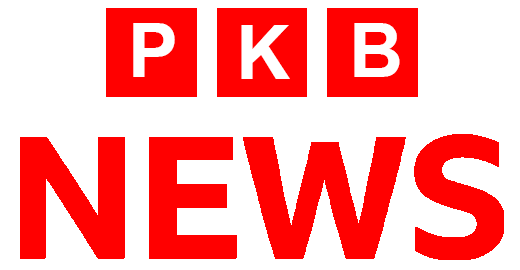Chandrayaan 3 tracker current live location online, map, speed, position, camera
Get to know the Chandrayaan 3 Live status, benefits, position, Success or Failed, Location, and Report here. Again, India is set for the moon mission. What do you think would be the possibility of reaching the Moon’s orbit this time? Will we be able to go? Let us find out the answers to these questions in this article. The name that is given to Chandrayaan 3 is “Vikram”. Earlier, it was being called the same name as Chandrayaan 2, but the scientists have given it a nickname to identify the new lunar mission. For the Chandrayaan 3, the preparations are going on simultaneously and are already set in motion. At the time of launch, the final tests are going to ensure that everything is good to go.

Chandrayaan 3 Tracker Live Location Status
On 23 or 24 August, the soft landing will take place, according to the reports from the ISRO scientists. Chandrayaan 3 position and live status will be updated here. At noon time, the vehicle is all set for the launch tomorrow. The scientists, media, people, and everybody are super excited. To ensure a secured landing on the moon’s surface, MY LVM3 is the launcher’s landing area that exceeds 2.4 km than 500m X 500m. The launch date and time of the mission is 14 July at 2:35 pm. The area that will be covered on the Moon is the south pole as expected.
| Name | Chandrayaan 3 |
| Organization | Indian Space Research Organisation (ISRO) |
| Launch Date | 14 July 2023 |
| Launch Time | 2:35 PM |
| When Chandrayaan 3 Will Land On Moon? | 23 August 2023 |
| Vehicle Name | Mark-3(LVM3) |
| Approach Used | Failure-based Approach |
| The area that will be covered on the Moon | South Pole |
| Countries landed on the moon Earlier | US, Soviet Union, and China |
| Landing Spot | 2.5 km (Previous Landing Spot: 500m X 500m) |
| Official Website | isro.gov.in |
Some scientists are reporting that the design was not appropriate the last time, but there is hope that a new approach will be helpful for the mission. China The Us, and the Soviet Union have already reached the Moon. And now, it is the turn of India to show what they have. Scientists will still make up for reaching the moon, no matter how many failures they experience. As of now, we cannot give a judgment of the failure or success of the mission as the spaceship is not yet launched. We can only pray for the best for the mission. Working in space is so challenging, even worse when the spaceship has already had a tough time. Thus, ISRO has implemented a failure-based approach for Chandrayaan 3 mission.

Using the failure-based approach will give the benefit of helping the scientists to analyze the facts they wanted to know for years about the moon. As reported by ISRO’s Chairman, the rover will be able to get the required information this time, even if it experiences any trouble. A success-based approach was implemented by S Somnath, the Chairman of ISRO, in Chandrayaan 2. The landing spot was 500m X 500m previously and a hard landing was made by the Rover. This would not be the case this time with a different approach. From the previous failures of the Moon Mission, the points have been gathered. The scientists have studied thoroughly the rough points and have worked on them efficiently.
Chandrayaan 3 Live Location Tracker Online
About the landing of the Rover on the Moon, the reports cover the mandatory information. It is expected that the vehicle will be launched on the South Pole of the Moon. Ice, Water, and minerals shall be investigated by the rover. As the South Pole is the less explored area, this could be an advantage for India. The reports of a safe landing on the moon, including deep details, will be shared on the 14th of July or later by ISRO. by the Soviet Union, Luna 1, the initial step on the moon was taken in 1959 which led to a hard landing on the moon. The design of Mark-3(LVM3) is built in a manner that there are least chances of intentional crashing of the Rover on the moon.
Chandrayaan 3 consists of an indigenous Lander module (LM), propulsion module (PM), and a Rover with the objective of developing and demonstrating new technologies required for Interplanetary missions. The lander will have the capability to soft land at a specified lunar site and deploy the Rover which will carry out in-situ chemical analysis of the lunar surface during the course of its mobility. The lander and the rover have scientific payloads to carry out experiments on the lunar surface. The main purpose of PM is to carry the LM from launch vehicle injection to the final lunar 100 km circular polar orbit and separate the LM from the PM. Apart from this, the propulsion Module also has one scientific payload as a value addition which will be operated post-separation of the Lander Module. The launcher identified for Chandrayaan 3 is GSLV-Mk3 which will place the integrated module in an Elliptic Parking Orbit(EPO) of size 170 X 36500 km.
ISRO has set three main objectives for the Chandrayaan 3 mission, which include:
- Getting a lander to land safely and softly on the surface of the Moon.
- Observing and demonstrating the rover’s loitering capabilities on the Moon.
- In-site scientific observation makes scientific experiments on chemical and natural elements. soil, water, etc. available on the surface of the moon to better understand and practice the composition of the Moon.






